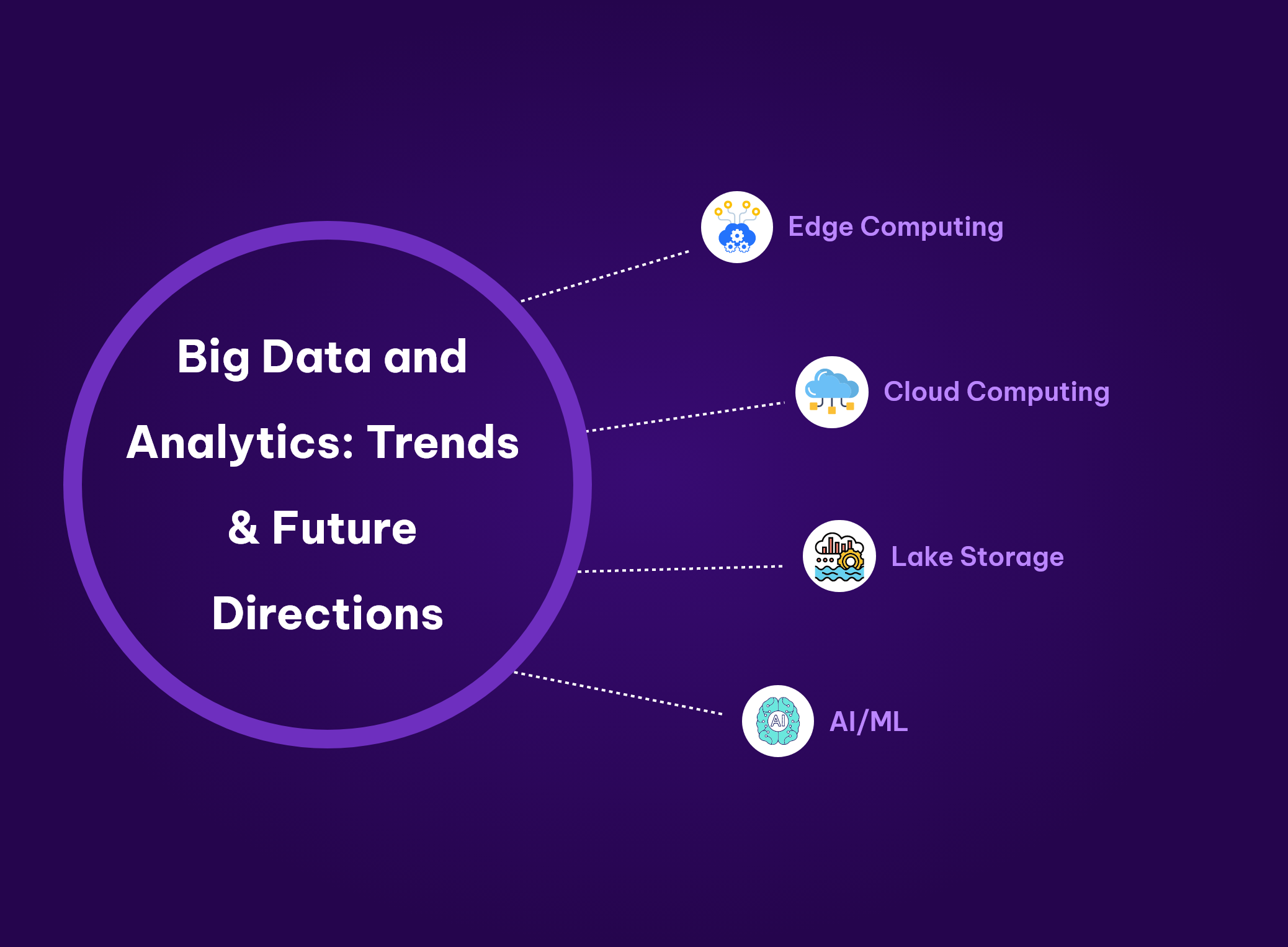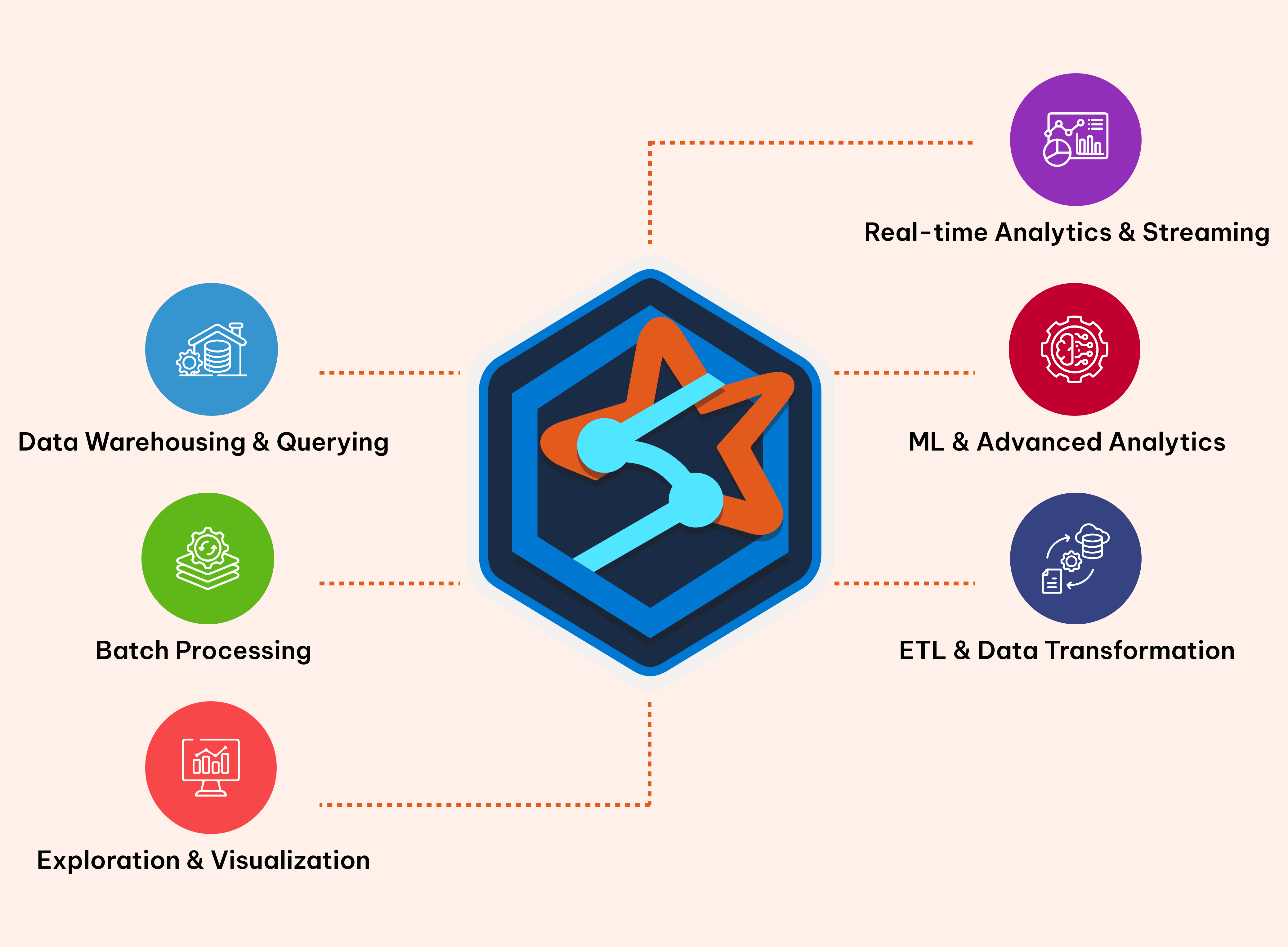Data Analytics
Beyond Numbers: Understanding Metrics in Modern Marketing Analytics

In the ever-evolving landscape of marketing, the ability to concentrate more on measuring the relevant metrics is critical for determining the effectiveness of any campaign. Metrics serve as the compass guiding marketers through the intricate web of consumer behaviour, campaign efficacy, and overall market dynamics. Yet, understanding metrics goes beyond surface-level comprehension; it requires a holistic approach that encompasses the intricacies of metric type, source, format, and category. In this blog, we aim to provide you with a comprehensive understanding of the metrics in marketing analytics, enabling you to fully harness its power.
Deconstructing Metrics: The Four Pillars of Analysis
Metric Source: Understanding where metrics originate is crucial in assessing their reliability and relevance. Metrics can be sourced from diverse channels, including proprietary platforms, third-party analytics tools, and bespoke data collection mechanisms.
Metric Type: Metrics come in various forms, each serving a distinct purpose in the analytics toolkit. Engineered metrics, bespoke creations engineered for specific purposes, coexist alongside platform metrics, off-the-shelf indicators native to analytics platforms, and derived metrics, custom formulations derived from existing data points.
Metric Format: The format in which metrics are presented influences their interpretability and actionable value. From numerical values to percentages, durations, and currency denominations, the format shapes the narrative of data-driven insights.
Metric Category:: Metrics span across a spectrum of marketing categories, each offering unique insights into campaign performance, audience engagement, and brand perception. From exposure and engagement metrics to perception, experience, acquisition, and conversion metrics, understanding the categorization framework is key to contextualizing analytical findings.
Metrics in Action: Unveiling the Metric Categories

Exposure Metrics: Measure the total visibility and reach of marketing activations, including site visits, pageviews, followers, reach, and impressions.
Engagement Metrics: Gauge audience interaction and involvement with marketing content through metrics such as time on page, likes, comments, shares, clicks, and engagement rates.
Perception Metrics: Assess the sentiment and reception of campaigns based on factors like likes vs. dislikes, positive vs. negative comments, and overall feedback sentiment.
Experience Metrics:Evaluate the quality of user experience by monitoring factors like site/page/app load time, error reports, and crash occurrences.
Acquisition Metrics:Quantify the efficiency of marketing spend in achieving campaign objectives, including metrics like cost per impression, click, lead, and conversion.
Conversion Metrics:Conversion metrics should always be focused on measuring your endgame, i.e. the intended outcome or last step of the user journey in your campaign or initiative, distinguishing between soft conversions (non-revenue related) and hard conversions (revenue-related), encompassing outcomes such as leads, sales, transactions, and conversion rates.
Our Approach: Choosing the Right Metrics using the ‘SIM’ Methodology
We consider the SIM Methodology, where we evaluate whether our chosen metrics are Sustainable, Interpretable, and Meaningful.
Sustainable Metrics Selection: Choosing sustainable metrics necessitates the ability to justify why specific measures were designated as key performance indicators (KPIs). This involves aligning metrics with campaign objectives and being prepared to defend their relevance. Stakeholders may challenge metric selection, requiring clear justifications to maintain trust in reported data.
Interpretable Metric Understanding: Understanding metrics involves comprehending their origin and what they quantify. For instance, defining conversion rate requires technical considerations like numerator selection (total or unique transactions) and denominator choice (total visits or unique visitors). Educating stakeholders on metric nuances is crucial, even for common metrics like bounce rate or impressions.
Meaningful Metric Alignment: Selecting meaningful metrics involves aligning them directly with campaign objectives and avoiding convenience or vanity metrics. Metrics should measure aspects of genuine value to the campaign's business objectives, emphasizing truth-seeking over superficial indicators.
Empowering Modern Businesses with In22 Labs' Metric Mastery:
We recognize that understanding marketing analytics can be overwhelming for businesses in today's world.
- We are dedicated to providing our clients with the necessary tools, insights, and solutions to maximize the potential of their marketing efforts.
- We prioritize collaboration, innovation, and data-driven decision-making to gain a comprehensive understanding of key metrics.
- With our expertise in market research analysis, we collaborate closely with our clients to determine the key performance indicators (KPIs) that are most relevant to their business goals and ambitions.
- By aligning measurement strategies with overall objectives, we ensure that our clients are able to track and measure their progress effectively.
At In22 Labs, our focus goes beyond number crunching. We strive to ignite change, encourage creativity, and drive our clients towards achieving marketing excellence in the digital era.
Tags
- MarketingMetrics
- DigitalMarketing
- MarketingStrategy
- MetricsMastery
- MarketingInsights
- BusinessIntelligence
- DataDrivenDecisions
- In22labs
- PowerBI
- Data Analytics
- e-governance
Written by
Preetham V C
Published on
04 March 2024





























